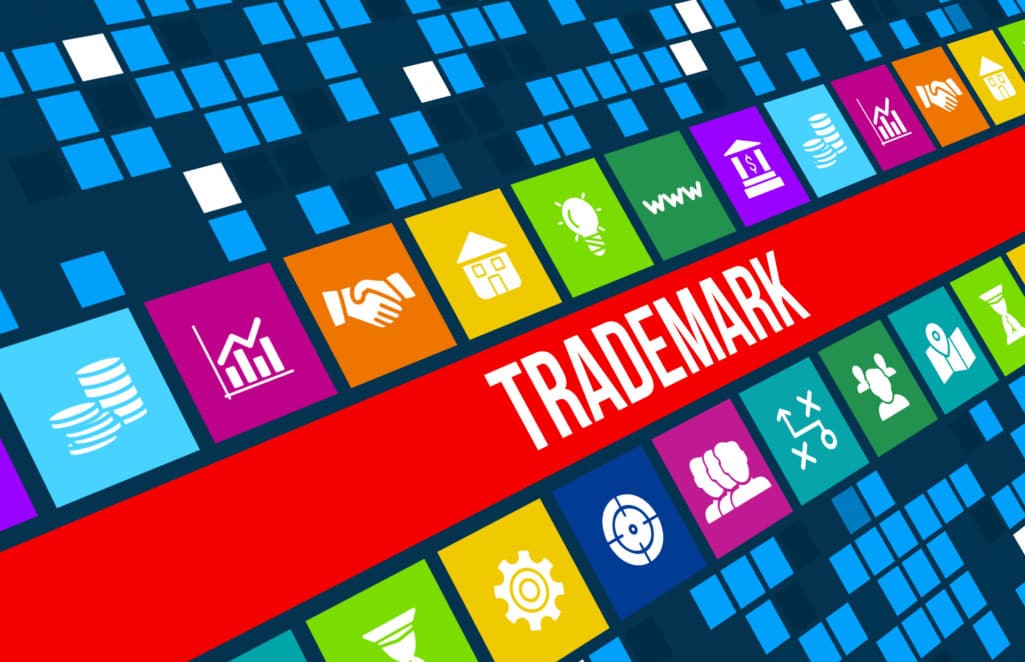The key date of 17 June 2019 is almost upon us; this is when a number of changes to Canadian trademark rules and regulations will come into effect. Many of these changes were first proposed in 2014 so the long-awaited amendments to the Trademarks Act and Trademarks Regulations will soon harmonize Canadian trademark laws with international trademark norms. The important changes and how they might affect your business are summarized below.
New International Registration and Renewal System
Canada will officially ascend to three international treaties – the Singapore Treaty on the Law of Trademarks, the Madrid Protocol, and the NICE Classification System.
The Madrid Protocol means you can now file a single application and pay one set of fees to file an application in both Canada and in multiple jurisdictions around the world; please note the fees will vary depending on the chosen countries and the number of classes of goods and services.
As of 17 June 2019, we can assist you to file trademark registrations and handle renewals for your existing marks in the 120 countries who have also agreed to the Madrid Protocol. These jurisdictions include Australia, the European Union, India, Japan, Korea, Mexico, New Zealand, United Kingdom, the USA, and many more.
Should objections or issues arise in foreign jurisdictions, we can engage agents we work with regularly in jurisdictions around the globe.
Under the NICE Classification System, an international classification system adopted around the world to more easily permit and protect the registrations of trademarks in different countries, trademark owners will be required to classify all goods and services associated with each mark. All new applications and renewals processed after 17 June 2019 must ensure all goods and services are classified and the associated fees for each class paid before registration or renewal can be achieved.
If you have any existing marks on the Canadian registry, notices are expected to be sent out in 2020 requiring existing marks not yet in line with the NICE Classification System to classify the associated goods and services.
Trademark Eligibility Changes
A broader definition of what is registerable as a trademark is being introduced to include non-traditional trademarks of colour, taste, texture, sound, moving images, holograms, and more.
Existing types of trademarks – word marks and design marks – will continue, and the previous mark type of a distinguishing guise will now be registerable as either a three-dimensional shape or mode of packaging goods.
You will no longer need to prove prior use before your trademark can achieve registration. However, all new registrations will be required, during the first three years, to prove use in any action for infringement or depreciation of goodwill, which will provide ways to thwart trademark squatters/trolls. (Trademark trolls are persons or entities who seek trademark protection but with no intention of using the trademark in commerce.)
Trademark examiners will have increased latitude to require evidence of distinctiveness or uniqueness when considering a trademark application.
Divisional applications are being introduced and will permit those aspects of a prospective mark that have no issues to proceed towards registration. Any problematic aspects can be dealt with under a divided but related application.
New Fees and Renewal Dates
Registration and renewal fees will increase after the changes come into force on June 17, 2019, and apart from existing trademarks on the registry, trademark protection will be reduced from 15 years to 10 years.
All renewals for marks registered after 17 June 2019 can only be processed during a legislated processing window, which is within 6 months of the renewal date.
For a summary of the new fees, please click here.
Changes to the Trademark Opposition Process and Related Lawsuits
The trademark opposition process will be amended to:
- include specific rules on service of evidence and written materials,
- allow costs to be awarded, and
- permit the Registrar to grant split decisions that may refuse some aspects of applications and registrations and approve other aspects.
Potential marks under the new laws can be challenged on the grounds of bad faith registration, which is another measure to help protect against potential trademark trolls/squatters.
Conclusion
The above summary highlights the key changes to the new Canadian trademark rules and regulations; there are other changes that will take effect on 17 June 2019. So if you have any further questions on the pending amendments to Canada’s trademark regime or if we can assist with any of your trademark needs, whether for new or existing marks, do not hesitate to contact Scott Allen or another member of our Trademark Practice.







